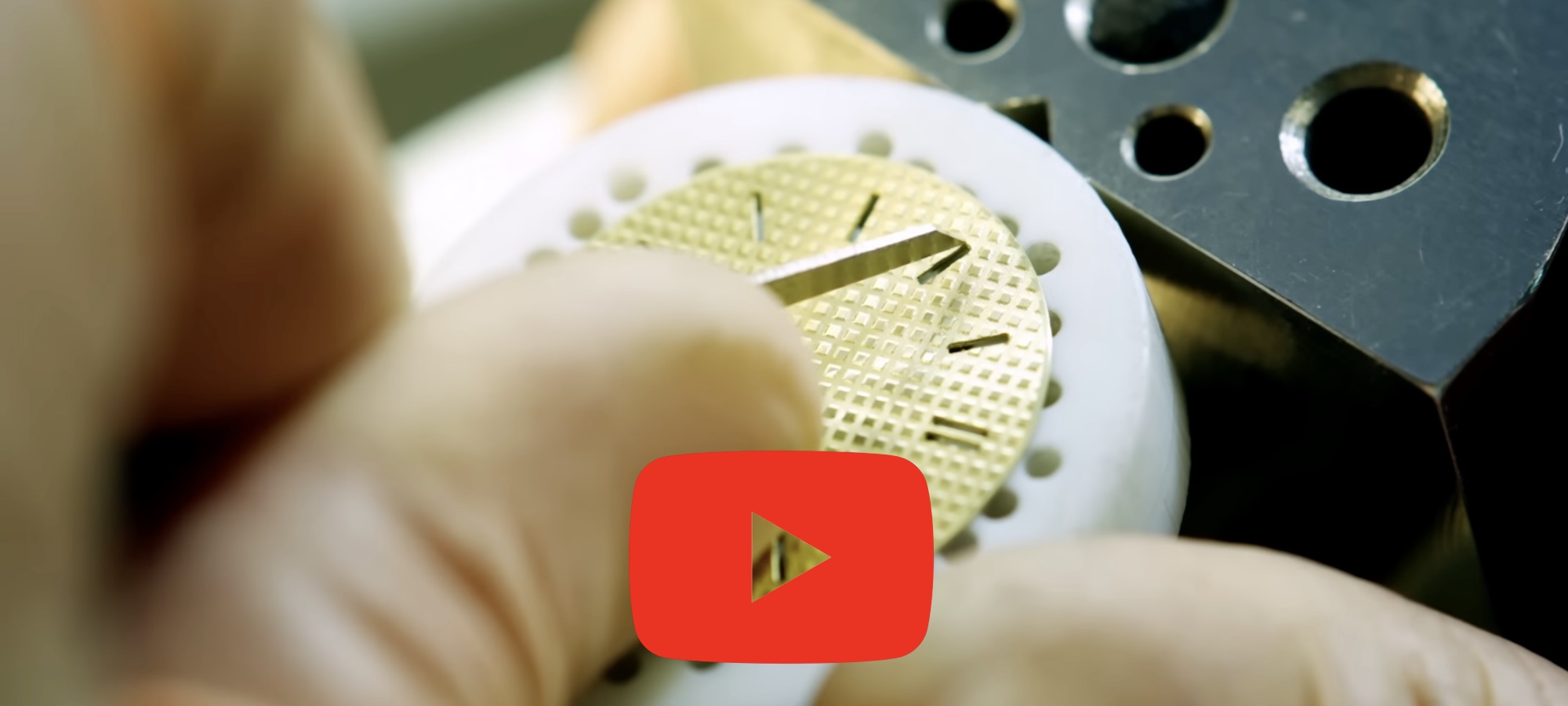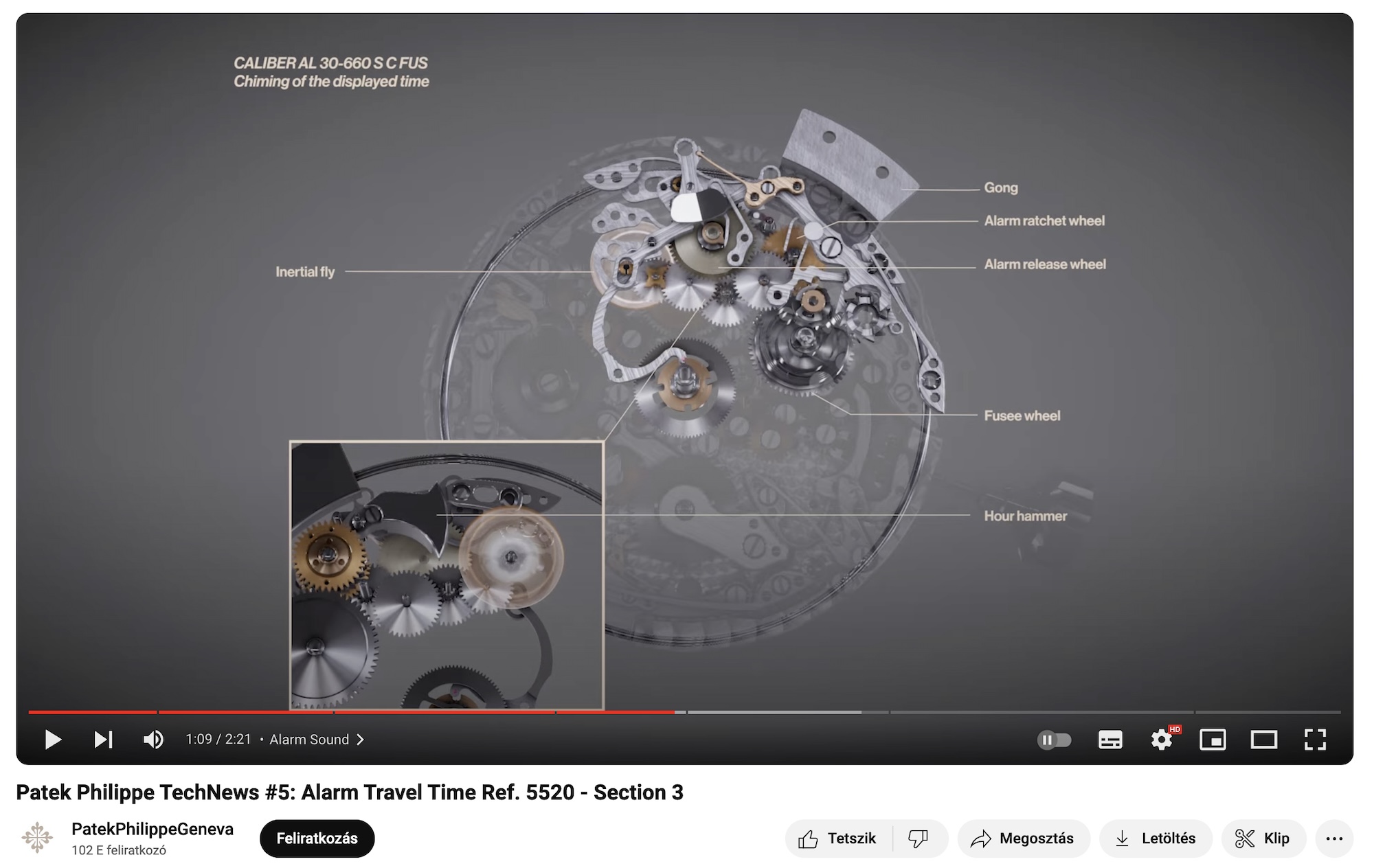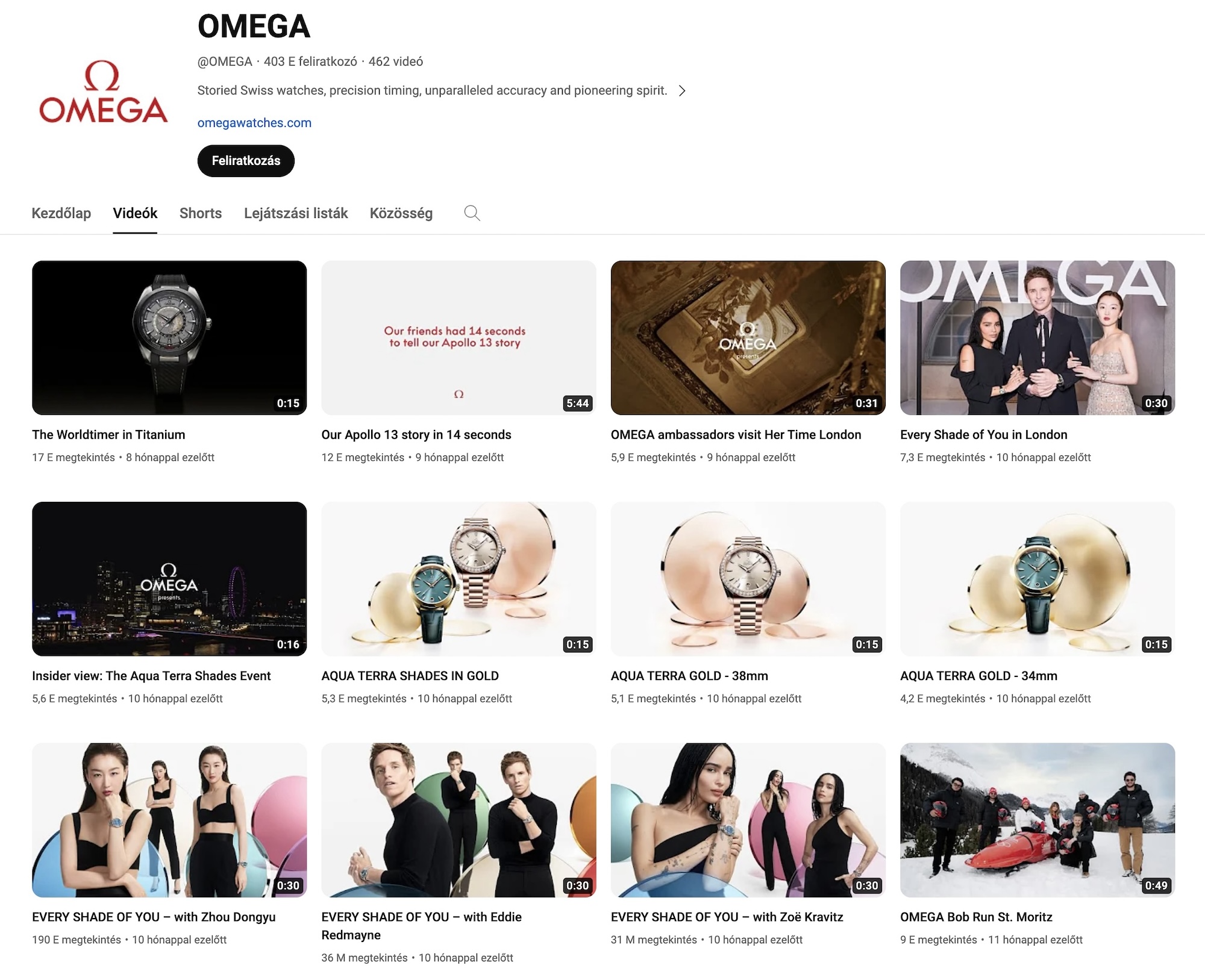
This Grinding Gears is dedicated to those watch companies that have done a great deal to share the sheer awesomeness of watchmaking and watch movements and is also a call to the most powerful watch brands with the greatest reach to either return to or double down on these efforts. We all saw how recent years amplified the tradeable commodity and status symbol function of watches, while their inherent values, and especially the fascinating engineering feats that have attracted so many of us into this hobby, have at times faded into insignificance.
Self-centered as it may sound, it is true that brand-produced fantastical watch movement videos played a big role in expediting my journey into the world of watchmaking around 2010. With this in mind, I’ll focus on video content in this column — but you might as well expand all below to other communication channels brands use. YouTube had not even one-hundredth of the watch content it does today, which actually was a good thing in the sense that official watch brand videos were that much easier to find. Today, most watch companies, even the most prominent ones, struggle with optimizing their YouTube channels, and what often happens is that dozens of watch-YouTubers are listed before a single video from even the larger brands with greater gravitas. More importantly, brands have more or less stopped creating watchmaking-related visual content like they used to, and this is what’s been grinding my gears lately.

Things can get exceedingly geeky — and that’s fine. Hat tip to Patek Philippe for producing potentially overwhelming videos like this.
The top 15 watch brands in terms of revenue, according to Morgan Stanley, are Rolex, Cartier, Omega, Audemars Piguet, Patek Philippe, Richard Mille, Longines, IWC, Breitling, Vacheron Constantin, Tissot, Hublot, TAG Heuer, Jaeger-LeCoultre, and Tudor. That’s a list of mighty names, and I can certainly recall a good number of truly wonderful, insightful, and captivating videos produced by some of them that were dedicated to the art of watchmaking (as cliché as that sounds). Videos — some about movements, some about manufactures, some about watch assembly processes — that had me on the edge of my seat and made me want to learn more about these incredible mechanical objects.
YouTube is the platform where these brands publish their videos, not just in Instagram length but also several minutes long, so I invite you to visit their YouTube channels (linked to each of those in the list above for your convenience). You’ll soon find that there is a stark difference between the efforts made by these various brands when it comes to how much and how often they share any sort of insight or knowledge related to their craft. The reason this matters, I think, is that it really is no surprise that in the last number of years, social media has created a new and strong customer base that is primarily interested in the rarest dial colors (think of utter nonsense such as the John Mayer Daytona, the not-even-remotely-Tiffany-blue Oyster Perpetual, and the like). A base for which spotting a rare dial peeking out from under the sleeve of a celebrity at an NBA game can be more of an achievement than knowing what that watch or any of its functions actually do — let alone how they do it.
Don’t get me wrong, I’m not blaming the community, or even the brands. I celebrate any form of passion for watches. It is, however, true that the more 15-second videos are posted and the more superficial brands are with their communication, with an ever-increasing focus on shallow celebrity endorsements and other such endeavors, the more distant the greater community will be from the inherent values of watches and watchmaking. And the more detached they are, the less driven brands will understandably be to dedicate efforts to these traditional elements of watches — and soon even more budget will be dedicated to hefty ambassador deals and even less to material research and movement development. And I don’t know about you, but I’m a watch enthusiast for the latter and not the former.
It’s not all doom and gloom, and to prove that, let me bring up some solid examples. Seeing how stuff is made is always cool, and that’s true even if the “how” hides largely automated production techniques as opposed to the utter cliché of a gray-haired elder watchmaker refining the teeth on a wheel in candlelight. Kudos to Tudor for putting together this playlist of nine videos that are very telling of how habillage (watch exterior and dial) and movement components are made. Given the fact that Tudor is Rolex’s subsidiary, these might just be a slight indication of what Rolex does — although Rolex has not produced any meaningful factory visit videos since this one from well over a decade ago.
Another personal favorite watchmaking video is this one by Audemars Piguet. As much as I struggle to like some of what the brand has become, this video from 12 years ago showing how a tapisserie dial pattern is made still has the power to awe me — and, hopefully, it will awe you, too. It is a glimpse into the infinite number of ingenious devices, methods, and solutions that engineers of the watch industry have invented or adapted to make watch components that much more enjoyable to look at or interact with. I am not suggesting that all the top 15 brands just showed highly detailed and meticulous stuff like this, but I have noticed in recent months and years a sharp decline in the frequency and depth with which actual watchmaking is presented to their respective audiences.
Sure, finding highly specialized sites such as aBlogtoWatch, with at least a couple hundred manufacture visit articles produced over 17 years, is a great resource, but the point here is that some might not even set off to explore watchmaking in greater detail if they are not lured by it first. A quick look will reveal how much, or how little, these brands have focused on sharing what they presumably do best: making watches. I wonder if you have a favorite watchmaking video, and if so, what is it? And how important do you think it is for brands to focus more on sharing about their savoir-faire? Let us know in the comments below.

